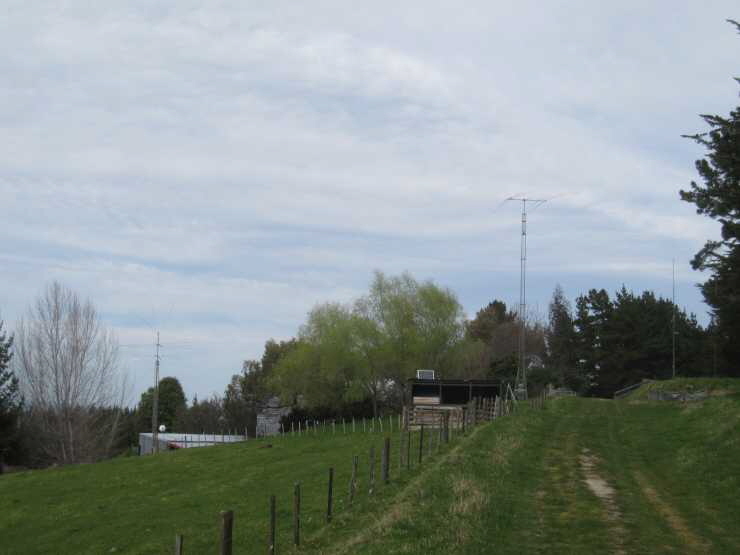
The most important and valuable part of my station ... beside me that is.
I am currently using a 2 element tribander based on the Force 12
trapless design, built by my pal Lee ZL2AL (SK),
and a 3 element 17m Yagi built by my pal Morrie ZL2AO.
Both are on the lower tower to the left above.
The 5 element 15m Yagi now on the taller tower to the right in is presently out of action
unfortunately. I need to replace the feeder and rotator cables,
preferably with something less palatable to our sheep and cows ...

On 30m I use this homebrew quarter wave vertical - a fishing rod blank with a wire element, mounted in a
side arm from an old Sky dish beside the corrugated iron roof of our woodshed/workshop.
For such a simple, cheap and reliable antenna, it works suprisingly well, no doubt thanks largely to low angle radiation with the 70 m2 ground plane - far more effective than the few wire radials I normally use for verticals.
Occasionally I use my 80m fullwave wire loop on 80m,
or on 40m with an ATU in the shack.
The antenna is homebrewed, of course,
strung between two convenient pine trees.
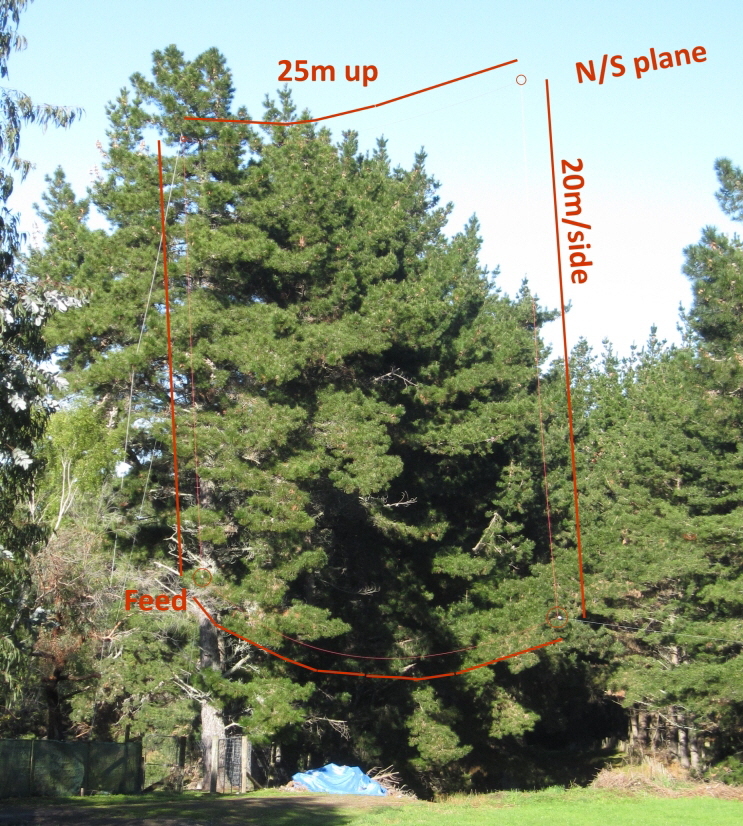
When an ancient Kenwood power supply let out the magic smoke in 2022, that released the magic smoke first from my beloved K3 ... and then also the spare K3 because I neglected to check the supply voltage before swapping them. Doh! Lesson learned. I am belatedly building a crowbar to retain more of the magic smoke in future.
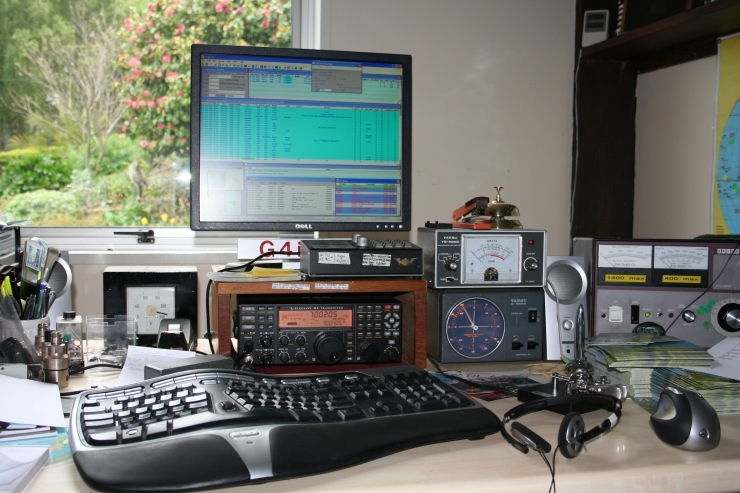

For a while, I used this QRP K2 that I built 20 years ago. I have the 100W PA kit here on a shelf ... but QRP is a fun challenge when conditions are good.
Pending repairs to the K3s, I have acquired an old Yaesu FT847 "satellite station", designed primarily to support full duplex crossband VHF/UHF satellite comms. It does reasonably well on HF too, and is adequate to get me
back on the air, chasing HF DX on CW.
This internal Alpha blower with worn out bearings is made of unobtanium. I can't find a suitable replacement fan small yet powerful enough to fit in the original space.
I'm toying with the idea of replacing the little bearings in the original motor, or finding a similar-sized replacement motor to power the original squirrel cage, or adding PC fans to the inlet and/or outlet, or simply putting up with the racket from the noisy bearings. Shame though: the Alpha is a solid amp, aside from this problem. Pin-diode silent QSK is fantastic, and the auto-tune works well.

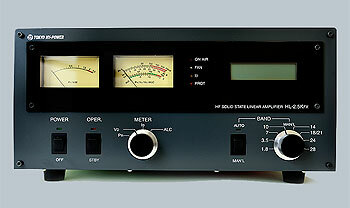
My first QRO QSK solid-state amp and matching auto-ATU worked nicely for a couple of years until the finals popped one day, for no obvious reason. I really should replace them - a "one day" project on a long list. So far, I haven't even found the time to open the case, which remains "like new". Nice plumage.
My first QRO HF amplifier, this old beast under-runs
3 x 3-500 valve finals. I've owned it for about 40 years, replacing failed PSU caps, vacuum relays, valves, plate choke and more along the way. It's a bit like the wizened old Polish cleaner who told me he'd had his old broom for more than 30 years ... with sixteen new heads and a dozen new shafts ...

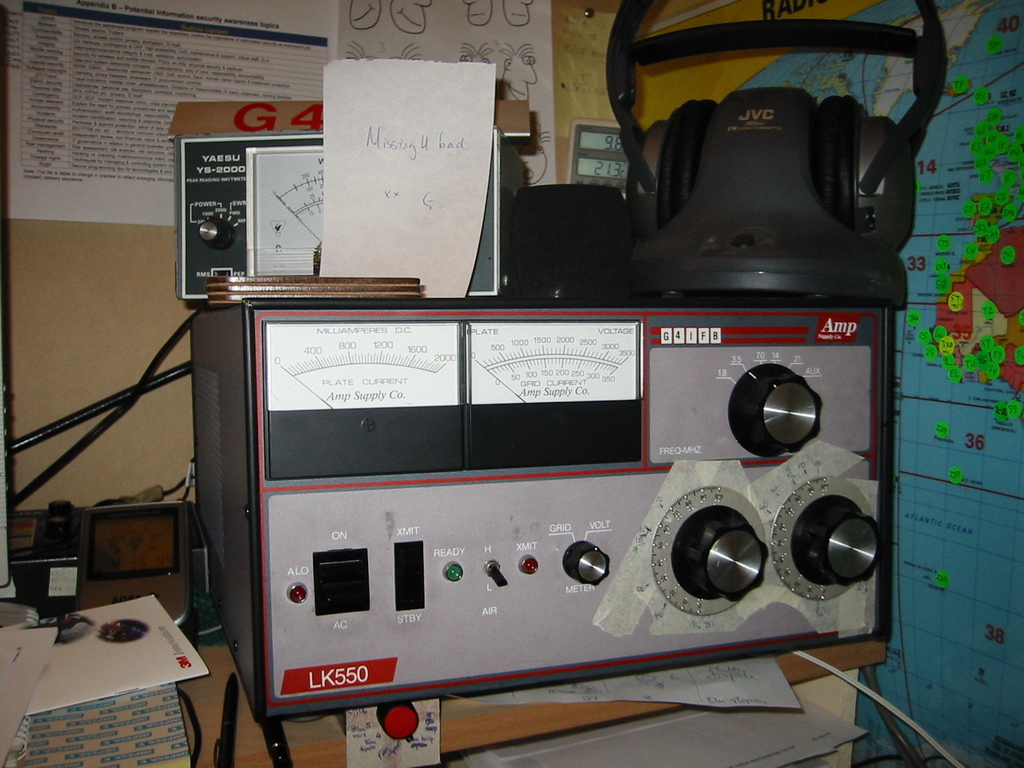
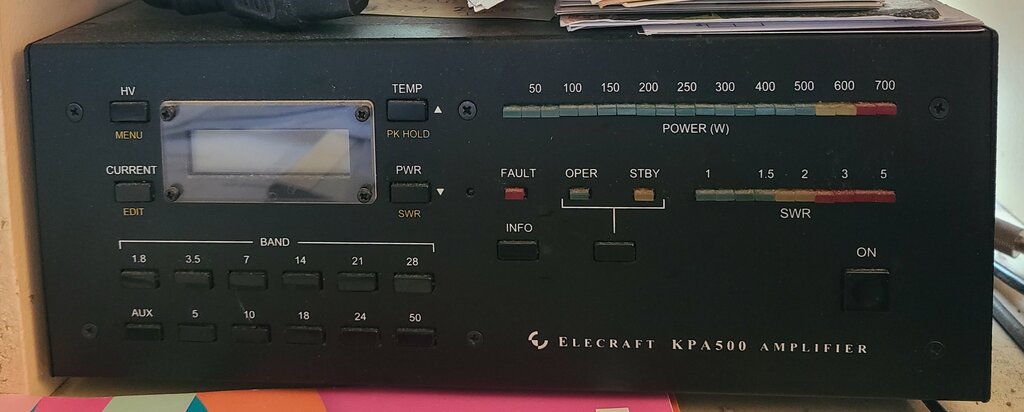
A lovely little 500W QSK solid-state amp which, as with the THP one, popped its finals one day for no obvious reason. I haven't found the time to open the lid on this one either. Too busy working and barefoot DXing.
My old pal Lee ZL2AL (SK) sold me this as a project - a QRO amp based around the amazing Russian GS35b ceramic valve. Lee had made the chassis and was assembling the innards when he ran out of time. I'm slowly accumulating the remaining components and designs, with the intention of building a multi-band QRO HF amp, possibly even a matching set of single-band amps for the contest club.
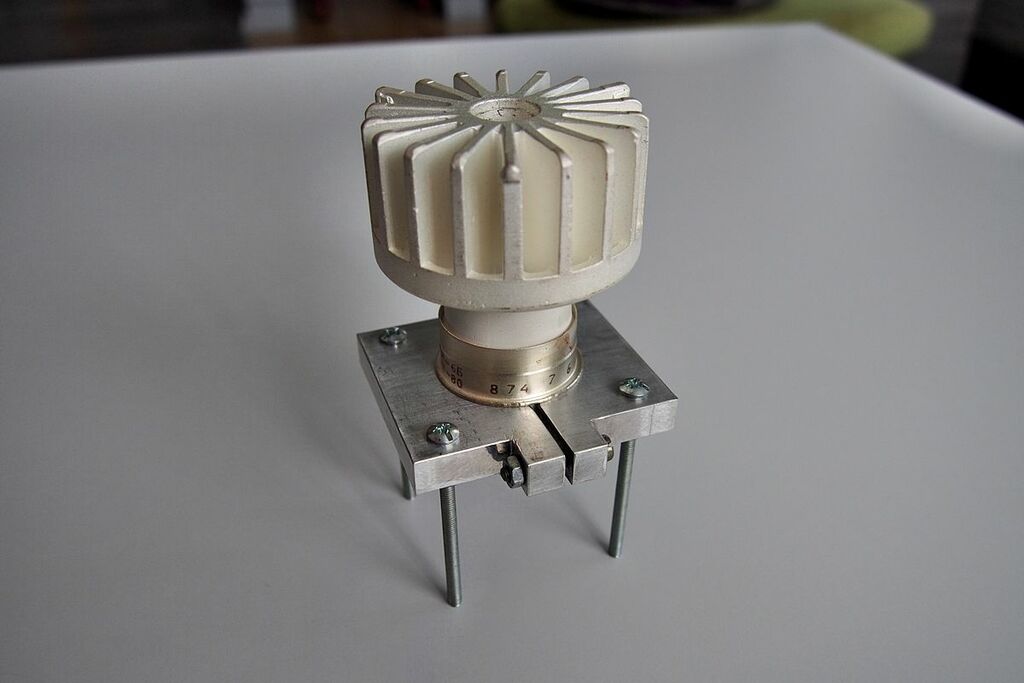
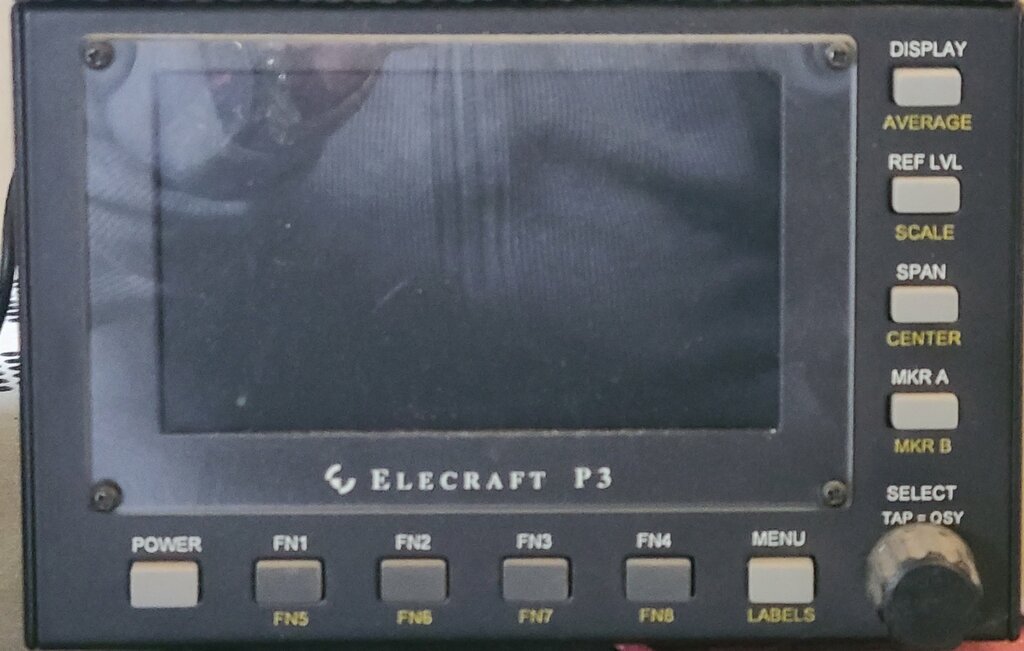
This Elecraft P3 panadapter was basically thrown in for free with a used K3. I wouldn't have bought one otherwise ... but now I've discovered how useful it is, I wouldn't be without it. Finding the exact spot and moment to call a DX station working split is much easier by checking the spectrum plot of the pileup. I can often pick out lucky callers making their QSOs, and so figure out whether the DX is tuning systematically from one caller to the next, or randomly spinning the receiver VFO to find someone - in which case, an empty gap in the pile is the place for me to sit and call, for a while at least. The little front panel display is perfectly adequate: I found connecting a standard PC monitor gave no advantage.
Until the K3s are repaired, it is sadly gathering dust.
I've settled on Bencher paddles for many years now. The smooth, non-clicky action suits my fist and wallet better than any fancy gold-plated work of art from Italy. The only problems I've ever had are caused by dust in the close-spaced contacts: a slip of paper is enough to clear that, and when I'm not paddling, I sometimes remember to replace the dust cover made from the plastic box containing paper notelets - the perfect size with four corner pieces glued on to slip over the Bencher base. I can paddle with the cover in place but there's some sort of boxy resonance that annoys me, so I don't.
